
How we ship code, delight customers, and build a team where engineers flourish. The Overflow blog covers all the latest work and learnings from Buffer’s engineering team.



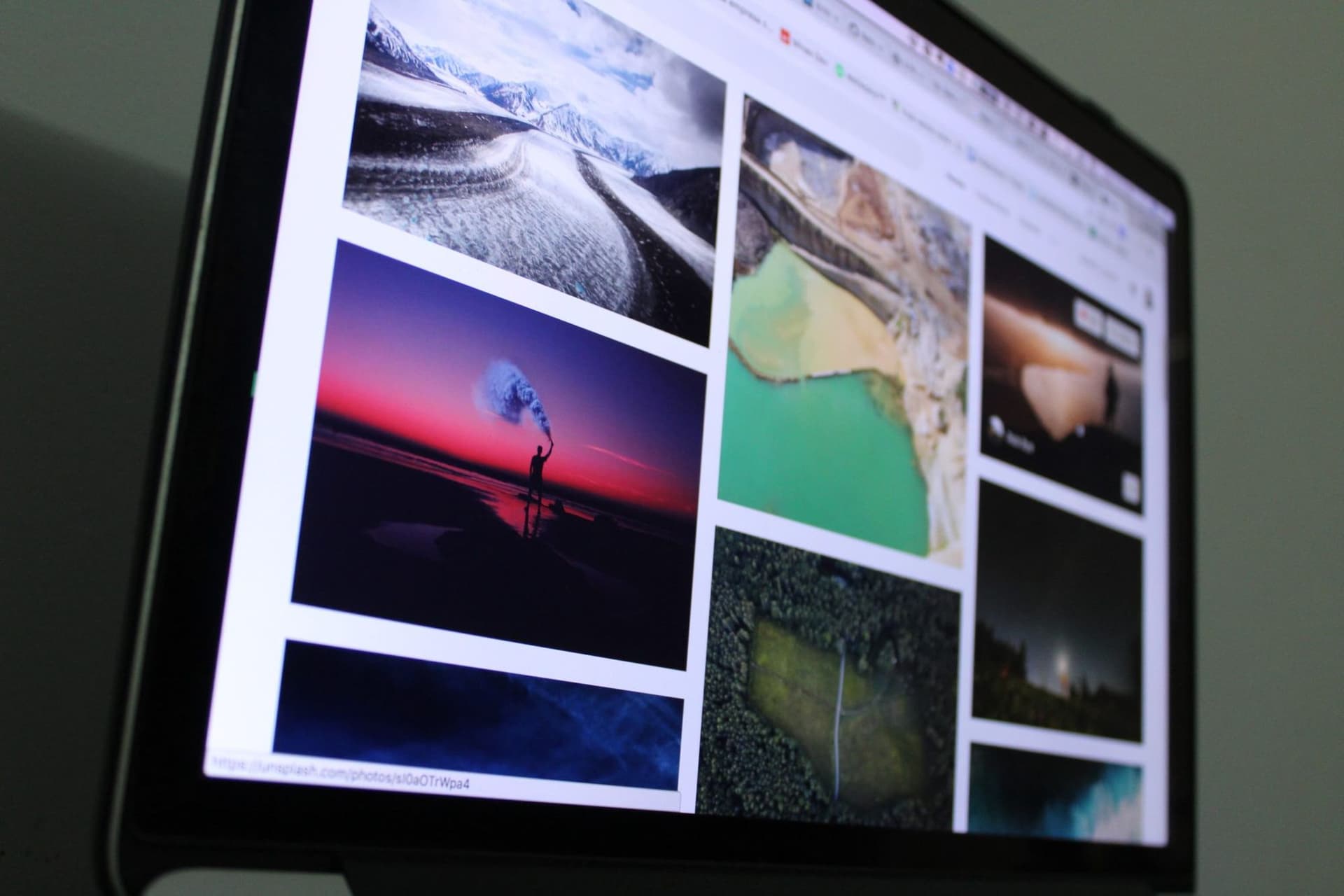
- Topic
- Overflow
- Published
Reading time8 minute read
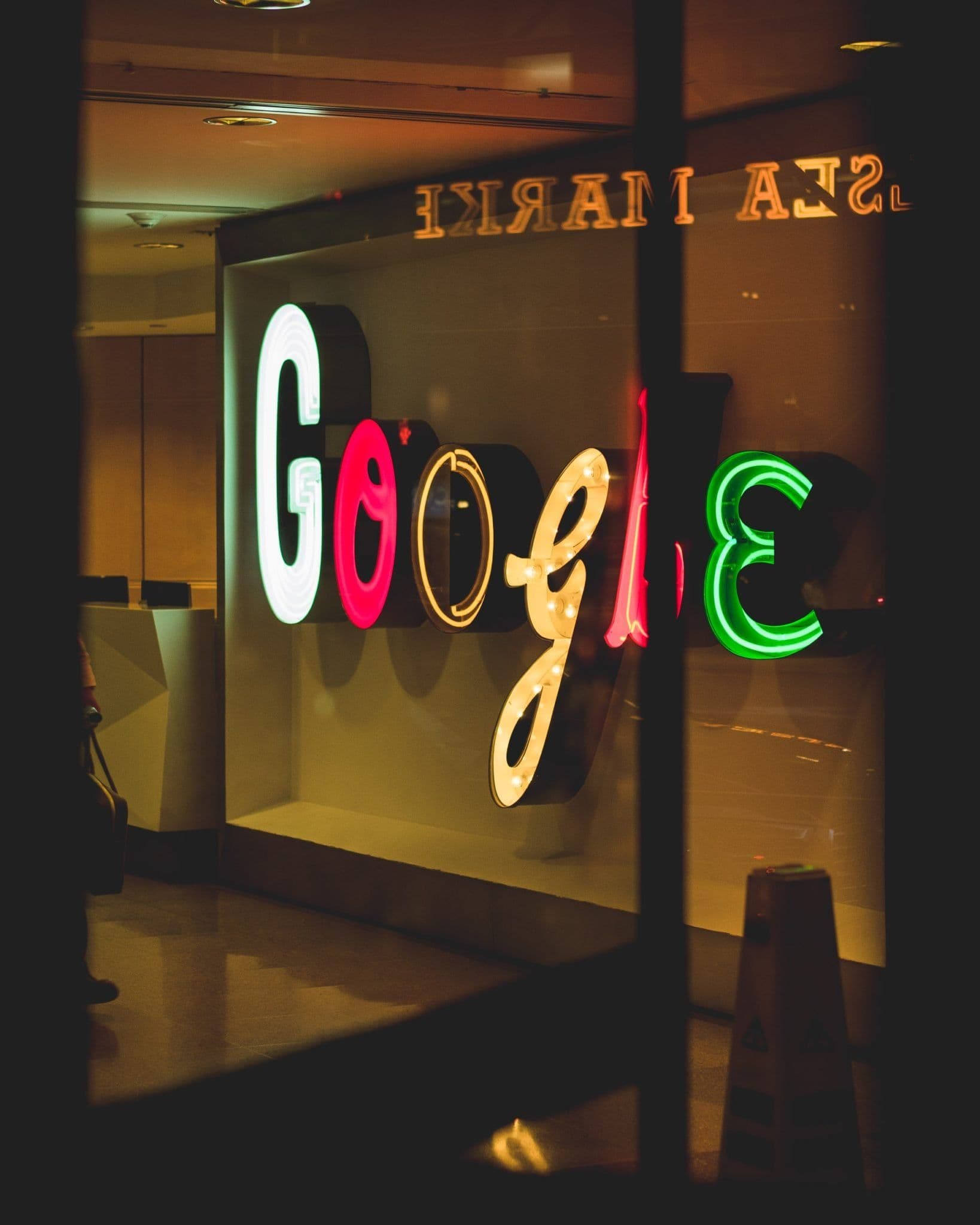
- Topic
- Overflow
- Published
Reading time2 minute read

- Topic
- Overflow
- Published
Reading time1 minute read

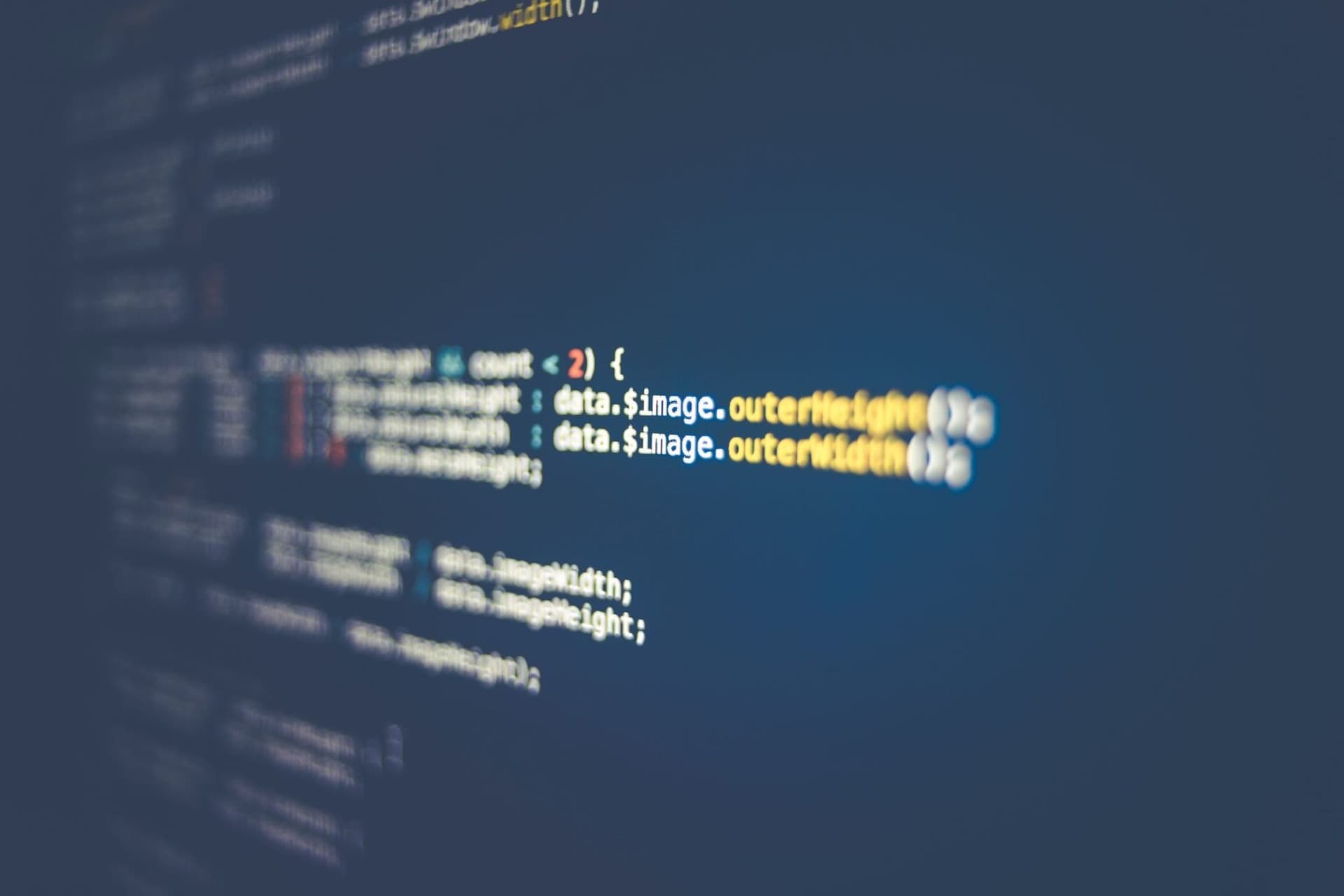
- Published
Reading time1 minute read


- Published
Reading time0 minute read


- Topic
- Overflow
- Published
Reading time8 minute read

- Published
Reading time1 minute read
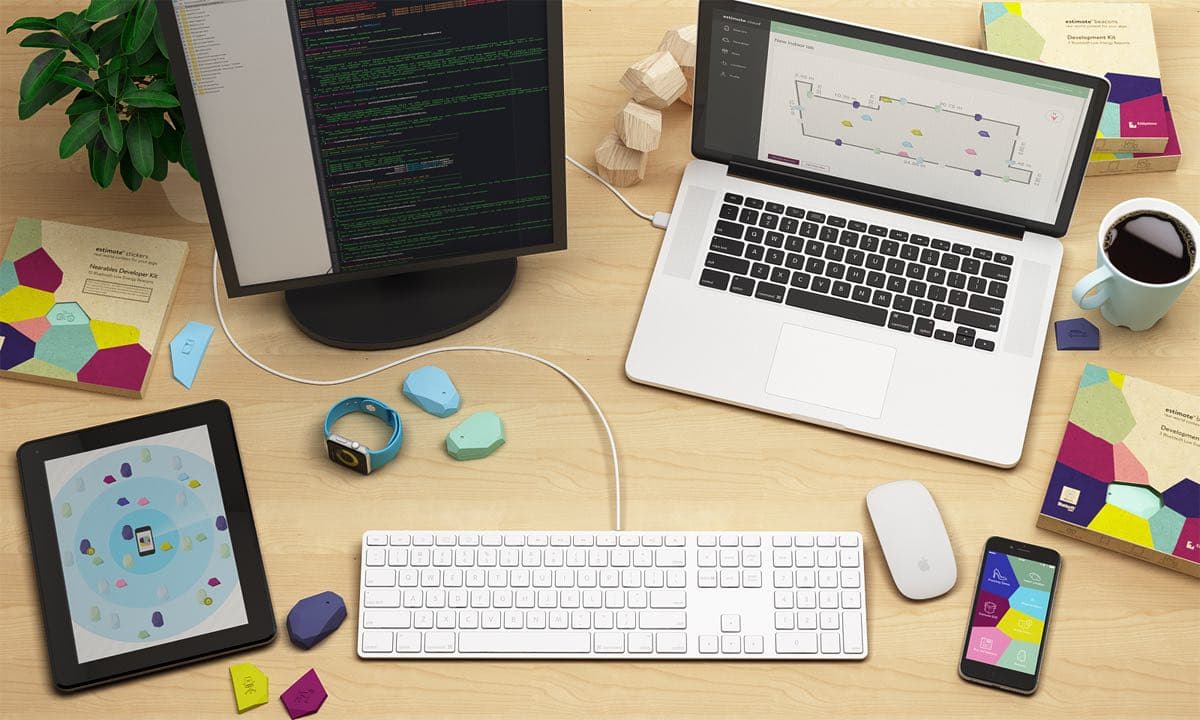
- Topic
- Overflow
- Published
Reading time5 minute read

- Published
Reading time12 minute read
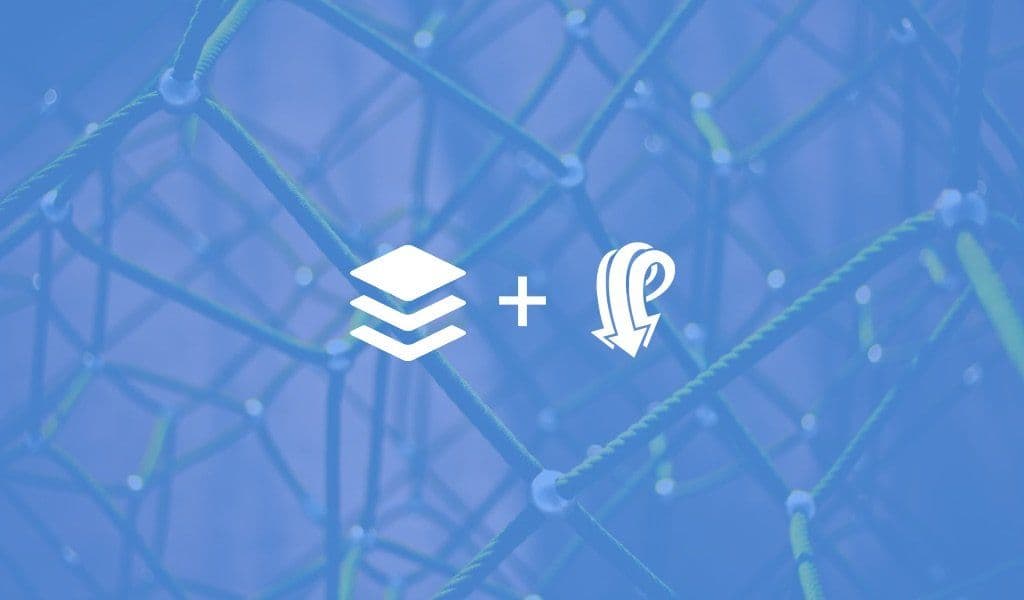
- Topic
- Overflow
- Published
Reading time5 minute read


- Published
Reading time3 minute read

- Topic
- Overflow
- Published
Reading time13 minute read


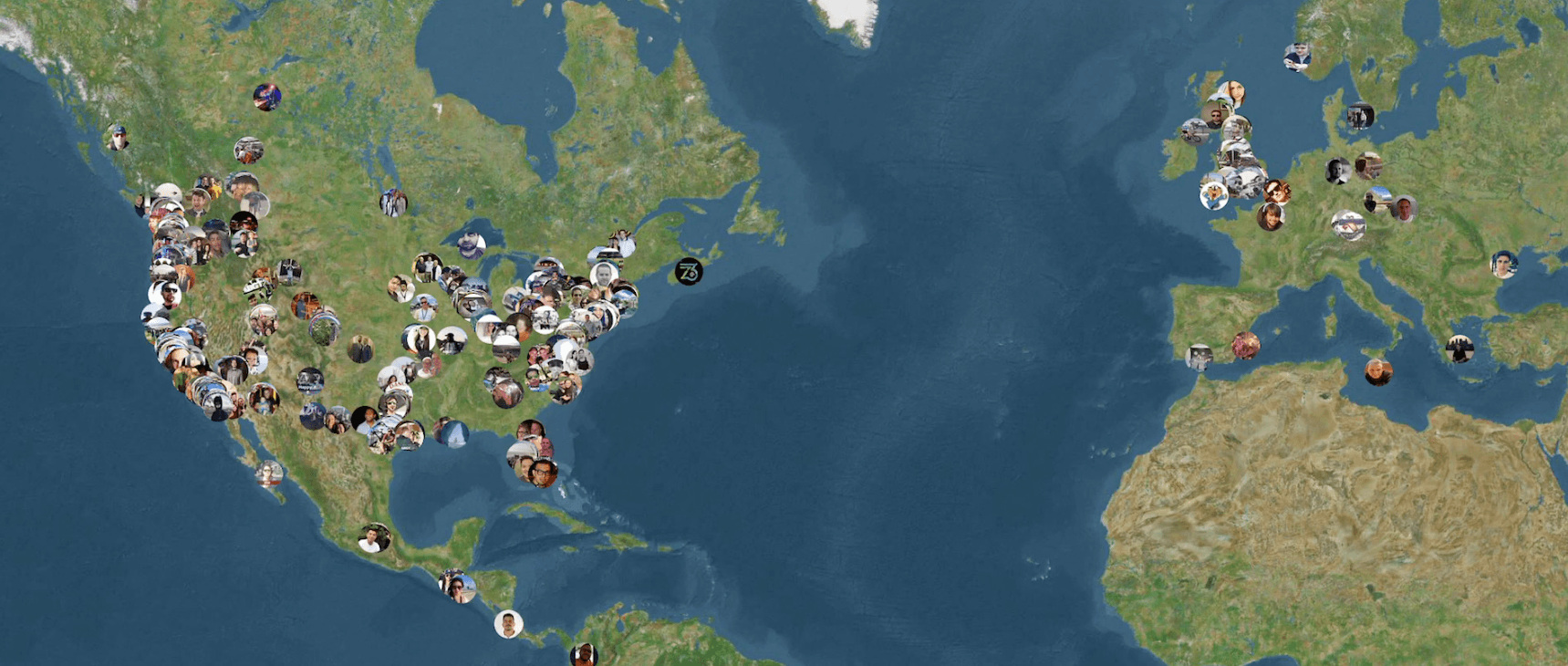
- Topic
- Overflow
- Published
Reading time6 minute read


- Topic
- Overflow
- Published
Reading time12 minute read